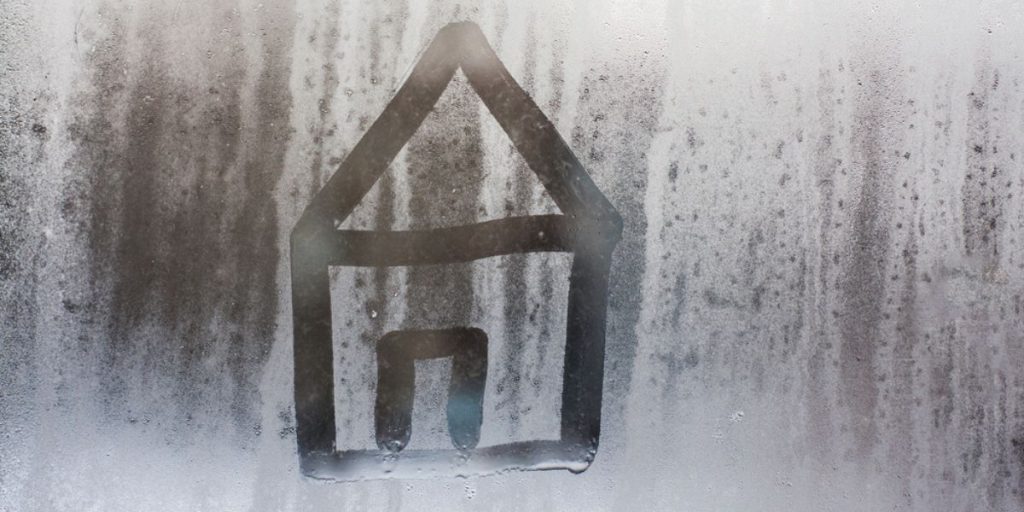If you grew up drawing pictures with your finger on a cold window, as most of us have, you have experienced the product of condensation. One of the main questions surrounding condensation is “Is it bad for my windows?”. The short answer is, it’s not as harmful as it may appear. To learn more about condensation, how it’s formed, its effects, and how it can be removed or prevented, keep reading.
What is Condensation and How Does it Occur?
Condensation, the opposite of vaporization, is the transformation of gas matter into liquid matter. The moment air, containing air pressure and particles of water content, is cooled down to its dew point, moisture capacity is reduced and the remaining water vapor is condensed, forming water droplets. Essentially, it happens the moment hot, humid air meets a cold surface. In this case, the humid air hits its dew point when it comes into contact with the window; a lower-temperature (colder) surface.
In the summertime, condensation is more likely to occur when warm temperatures outside meet the cool temperatures inside. In the winter, the opposite is true.
Effects of Condensation on Your Windows
When condensation occurs indoors, it is usually because the room contains too much humidity. Over time, condensation could result in less to more severe problems. The build-up or constant appearance of moisture could eventually cause staining or breed mould and mildew. This could not only cause issues with your windows, but could also damage your curtains, drywall, and furniture that surround the window. The main focus here is that mould and mildew could lead to long-term health issues, which are not to be taken lightly. Additionally, severe signs of condensation-induced staining and bacteria could mean repairing or replacing your affected belongings which could be very timely and costly.
When Should You Be Worried About Condensation?
Generally speaking, condensation is not a major problem that should cause a lot of concern. In many cases, it is actually quite harmless. The key here is to keep an eye out for any symptoms that may be indicating a larger problem. This could include any signs of staining or mould and mildew which typically appear in the form of black dots. It is also important to note that condensation usually appears on the inside or outside portion of the window. If you notice that there is condensation caught in between the panels, this is a sign that there is likely a broken seal or air leak that requires sealing to keep the moisture out.
How to Prevent Condensation from Appearing on Your Windows
As mentioned, interior water condensation is usually a sign that the humidity in your home is greater than it is outside. Usually, this humidity builds when taking showers, cooking, and even housing plants. When possible, try to limit the usage and duration. For example, taking shorter showers, reducing the heat of the water, or keeping a window cracked can all help reduce condensation and its effects. For signs of condensation that are not a cause for concern, you can simply wipe your window with a dry cloth. Other preventative measures include using fans to better circulate the air, turning down your humidifier, and checking the condition of your ventilation system. You may also want to check the sealant around your windows to ensure there is no room for air or water to get in.
At Luma Doors + Windows, we offer top-quality window products and replacement services, backed by a 25 year warranty. If you want to learn more about out warranty, or you are looking to install a new window, or replace your old one, contact our team or give us a call!
